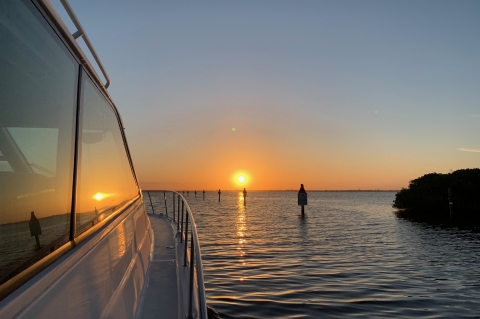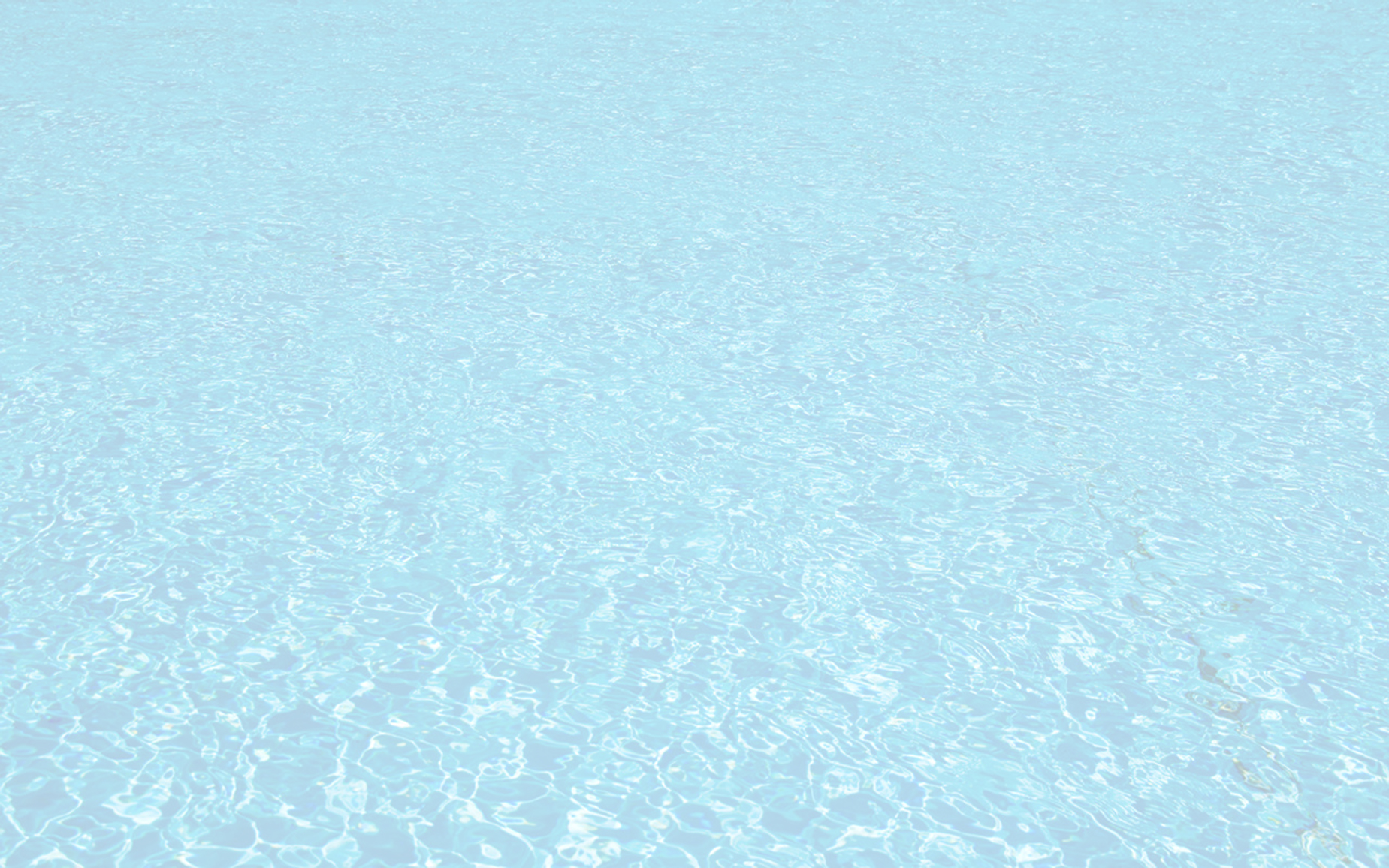Ladies, 8 Things You Need To Know When On Your Boat

Ladies do you know how to run your boat in an emergency?
Huh? What do you mean an emergency?
Well I know how to run it. I just don’t dock it or anything else.
My husband, significant other, friend knows how to run the boat why do I need to know?
Um, No.
How about you? Running a boat on a leisurely afternoon when someone else has gotten it going, got it off the dock or the sand bar, set it on a course etc. is very different than running a boat in an emergency.
Especially if you’re not familiar with what to do in an emergency.
Most answers I get from casual women boaters is my husband, significant other, friend knows how to run the boat why do I need to know?
Because things happen.
You don’t need to know everything about the boat, how to dock perfectly or know what every sign on the water means.
There are a few basic key actions you should learn when going out on your boat. Ask your husband, significant other or whomever normally runs your boat to teach you these few things or take a class.
- Learn how to turn the boat on and off and shift into gear - forward, backward and neutral. If there’s shifters and throttles, learn this too. This knowledge can help you stay put until help arrives or go get help.
- How to radio for help. Many VHF radios have a distress call button (do not test). But either way you want to know how to use the radio, what channel you need to be on and how to call. If you regularly go under bridges that you need to call to be raised, use these as opportunities to get used to using the radio.
- Learn to read the GPS chart plotter. Do you know where you are? Then do you know where you’re going? Is the GPS set to heads-up (the direction you’re going) or is it North up, so if you’re heading south you’ll be heading towards the bottom of the screen. This will have a profound affect on getting help.
-
Each time you go out, take note of whether you are going “to sea” or “returning from sea”. This will make a huge difference in knowing what side of the channel markers you need to be on. You may have heard “Right red return” which means keep the red marker on your right when returning from sea. Like when you come in an inlet. This can be confusing here in south Florida since we have the Intercoastal Waterway so once you’ve reached the ICW from the inlet, depending on your direction the reds may be on your left. This topic is worthy of additional attention so you understand channel markers.
Check out this video from Salt Strong. - Know where the life jackets are. Weather can change quickly on the water. Even if you don’t need to wear it at all times, find out where they are and how to get to them if needed.
- Know where the First Aid Kit is. Because sometimes all you need is a bandaid.
- Learn how to “cleat off” a line so if you do need to come into a dock you can at least tie a line to a cleat on the boat and throw it to a dockhand.
- The last item is to practice each of these whenever you get on the boat. A quick minute to take a look at the GPS, maybe once you arrive or are close to your destination take the wheel and practice.
Being relaxed behind the wheel is really important in case of an emergency. Continue challenging yourself. Open water can be a great place to practice at speed also. And not just a straight line. Learn how to run the boat at speed, how to use the trim tabs and turning at speed.
Sometimes being taught by our significant others can be difficult. If that’s the case there are a number of learning options out there.





